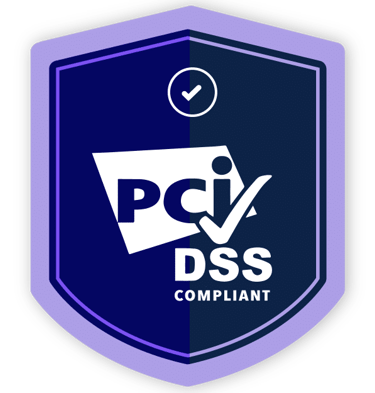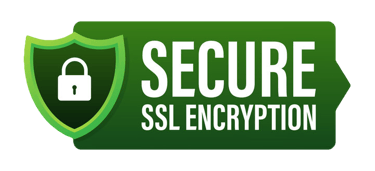Emergency Preparedness for Home Health Agencies: A Complete Guide to Ensuring Readiness and Compliance
Emergency preparedness is vital for home health agencies to ensure safe, continuous care during disasters or crises. Learn key requirements, compliance tips, and best practices for planning, response, and recovery.


In the dynamic landscape of home health care, emergency preparedness is a critical component of delivering safe, effective, and continuous patient care. Home Health Agencies (HHAs) must be equipped to respond effectively to a wide range of emergencies, including natural disasters, pandemics, and other unforeseen events that could disrupt services or threaten patient safety. This article provides a comprehensive overview of the emergency preparedness requirements for HHAs, practical steps for readiness, and how agencies can ensure full compliance with the laws. It aims to educate home health providers on best practices for emergency planning, response, and recovery, emphasizing the importance of proactive measures in the home health setting.
Understanding Emergency Preparedness Requirements for Home Health Agencies
Regulatory Foundations
The Centers for Medicare & Medicaid Services (CMS) mandates that all HHAs develop and maintain an effective emergency preparedness program in accordance with the standards set in Conditions of Participation (CoPs).
Key Elements of the Emergency Preparedness Program
The core components of the CMS emergency preparedness standards include:
Risk Assessment and Planning: Identifying potential hazards and vulnerabilities specific to the agency’s geographic location and patient population.
Development of an Emergency Plan: Creating a comprehensive plan that addresses response procedures, resource management, communication strategies, and continuity of operations.
Training and Education: Ensuring staff are trained regularly on emergency procedures, including drills and exercises.
Coordination with Community Resources: Establishing partnerships with local emergency agencies, hospitals, and community organizations.
Patient and Family Engagement: Educating patients and caregivers about emergency plans and safety measures.
Documentation and Review: Maintaining records of planning, training, drills, and actual emergency responses for ongoing evaluation and improvement.
Practical Steps for Home Health Agencies to Achieve Readiness and Compliance
1. Conduct a Thorough Risk Assessment
Begin by evaluating the specific hazards that could impact your agency, such as hurricanes, floods, winter storms, pandemics, or power outages. Consider the geographic location, patient demographics, and infrastructure vulnerabilities. Use this assessment to inform your emergency plan and prioritize resource allocation.
2. Develop a Robust Emergency Preparedness Plan
Create a detailed plan that includes:
Clear response procedures for different types of emergencies.
Strategies for maintaining continuity of care, including alternative communication methods and backup staffing.
Procedures for safeguarding patient information and medical supplies.
Protocols for evacuating or sheltering patients if necessary.
Plans for resuming services post-emergency.
3. Establish Community Partnerships and Communication Protocols
Coordinate with local emergency management agencies, hospitals, pharmacies, and community organizations. Develop communication strategies that include:
Up-to-date contact lists.
Multiple modes of communication (phone, email, text, radio).
Procedures for alerting staff, patients, and caregivers during an emergency.
4. Train Staff and Educate Patients
Regularly train staff on emergency procedures, including drills that simulate real-life scenarios. Educate patients and their caregivers about emergency plans, safety measures, and how to access services during disruptions. Ensure that all staff understand their roles and responsibilities.
5. Maintain Emergency Supplies and Equipment
Stock essential supplies such as medications, medical equipment, personal protective equipment (PPE), batteries, flashlights, and non-perishable food. Ensure that supplies are stored safely and are accessible during an emergency.
6. Document, Test, and Review the Emergency Plan
Keep detailed records of all planning activities, staff training sessions, drills, and actual emergency responses. Conduct periodic drills to test the plan’s effectiveness, identify gaps, and implement improvements. Review and update the plan annually or after any significant incident.
We're here to support you—contact us today for expert assistance with regulatory compliance, licensing requirements, and industry standards. Whether you're navigating state, federal, or Medicare regulations, our team is ready to help every step of the way.
Links:
CMS Emergency Preparedness Rule Homepage
FEMA – Preparedness Guidance
Appendix Z – Emergency Preparedness for All Provider Type





